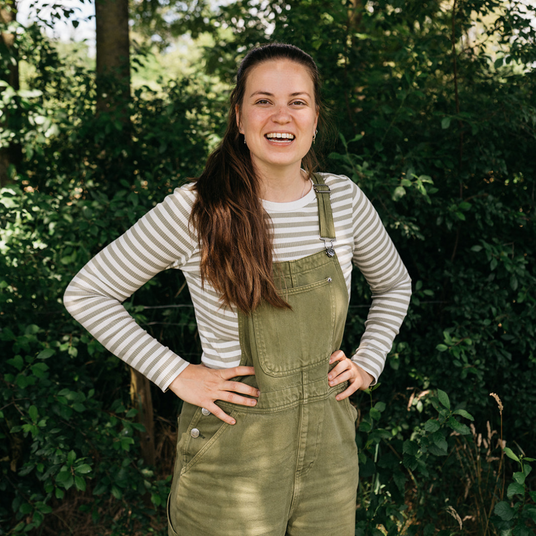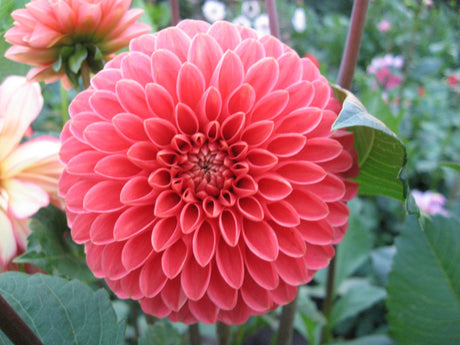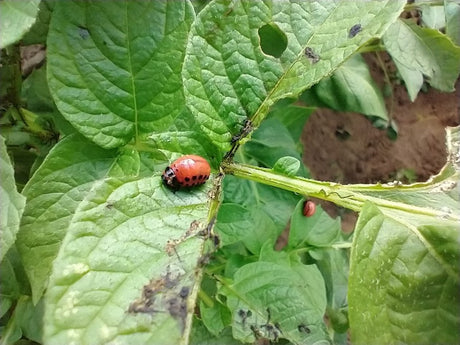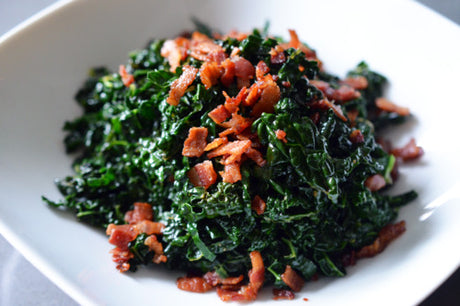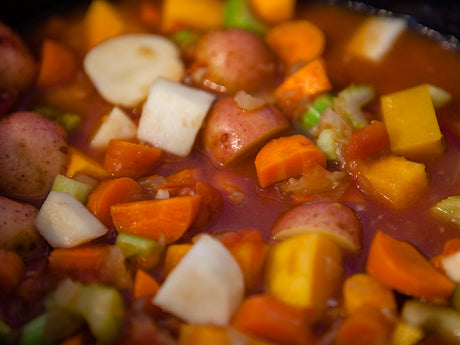Sowing is perhaps the most beautiful way to bring a garden or vegetable patch to life. Whether you want to grow flowers, vegetables, or herbs, it all starts with that little seed. At Plukkers, we've already developed specific growing guides for many varieties, so you'll know exactly how to sow and care for your favorite crops. You can find those guides here . In this blog post, we'll delve into the basics of sowing and explain important terms and techniques.
The basics: pre-sowing or direct sowing?
Pre-sowing
Pre-sowing is done indoors or in a protected environment, such as a propagator, seed tray, or windowsill. This method is ideal for plants that require a long growing period (such as eggplant and bell peppers), don't tolerate cold temperatures well (such as tomatoes), or produce expensive seeds that require close control (such as kalettes or cut-flowers). When? Usually between February and April, depending on the crop.

Benefits of pre-sowing
- You have a head start on the season.
- You can have more control over temperature and humidity.
- The plants are larger when you plant them out. This means you're less likely to encounter pests like snails that eat your mini seedlings. The larger the plants you plant, the less attractive they become. Small seedlings that are just starting to emerge are much more vulnerable.
Tip: Use a propagator to help your seeds germinate faster. This allows you to grow consistently, even in a cold house.
The importance of grow lights
If you're starting your seeds indoors, good light is a real game-changer. Without enough light, your seedlings will grow tall in search of sun, but they'll remain limp and weak – we call those types "Tall Lindas" here. Luckily, you can easily prevent that with grow lights !
-
Why grow lights?
Grow lights provide your seedlings with exactly the light they need to grow vigorously and healthily. Especially in winter and early spring, when it's often still dark and gray outside, grow lights are a lifesaver. -
How do you use grow lights?
Hang the lights about 10-15 cm above your seedlings and let them shine for 12-16 hours each day. A timer can be helpful so you don't have to constantly switch them on and off (at least you don't have to think about it).


